AHRC Studentship | The Status of Prints at the British Library
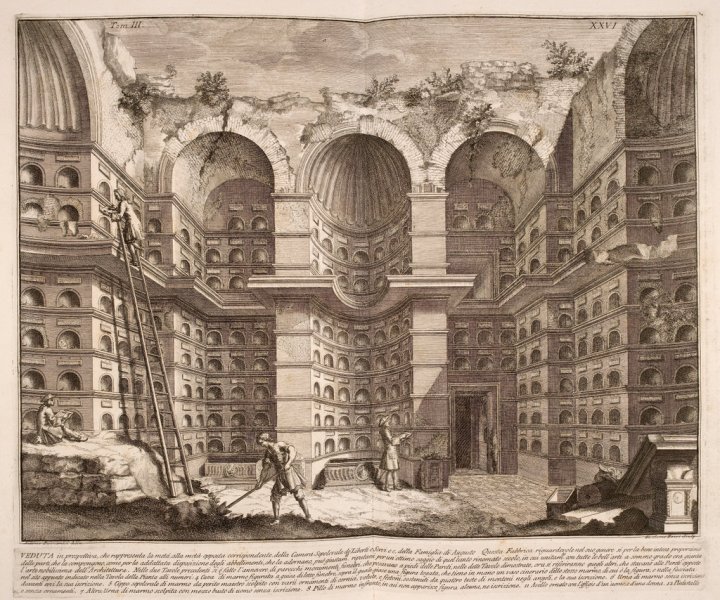
◊ ◊ ◊ ◊ ◊
From Birkbeck:
Re-evaluating the Status of Prints at the British Library
AHRC Collaborative Doctoral Studentship, The British Library and Birkbeck, University of London
Applications due by 29 April 2024
Birkbeck, University of London, and the British Library are pleased to announce the availability of a fully funded Collaborative Doctoral Studentship from 1 October 2024 under the AHRC Collaborative Doctoral Partnership Scheme. The focus of this project is on identifying, researching, and analysing the provenance, changing status, and visibility of about 500 books of prints in the British Library’s collection, using an 1812 unpublished finding list as a starting point. This project will be jointly supervised by Kate Retford at Birkbeck (Professor of History of Art, School of Historical Studies) and Felicity Myrone at the British Library (Lead Curator, Western Prints and Drawings). The student will spend time with both Birkbeck and the British Library and will become part of the wider cohort of AHRC CDP funded PhD students across the UK.
More information and directions for applying are available here»
Image: Giovanni Piranesi, Illustration of an aviary, from Le Antichità romane, opera di Giambatista Piranesi, etc. (London: British Library, c13091-59; shelfmark: 744.f.2 26).
Graduate Seminar | Drawing in 18th-C. London
Stacey Sloboda and Meredith Gamer | Drawing in 18th-C. London: Academies and Entrepreneurs
The Morgan Library & Museum, New York, Friday, 19 April 2024, 10.00–4.00
Applications due by 1 March 2024

Thomas Gainsborough, A Boy with a Book and a Spade, 1748, graphite with smudging on laid paper; squared for transfer with a numbered grid, 189 × 143mm (New York: The Morgan Library & Museum, III, 59b).
Drawing was at the center of a range of artistic developments in the eighteenth-century London art world. It flourished with the development of drawing academies that culminated in the establishment of the Royal Academy in 1768. It also played a key role in the careers of entrepreneurs such as John Vanderbank, William Hogarth, Thomas Gainsborough, and Thomas Chippendale as the commercial market for printed images increased dramatically in this period. New opportunities for graphic expression encouraged artists and amateurs alike to pursue drawing as a polite and learned activity, and sketching became an increasingly innovative artistic practice. The Morgan Library & Museum has substantive holdings of drawings by British artists from this period, and this seminar offers a chance to study them as a group. Participants in this graduate seminar will engage in lively sessions addressing topics such as drawing academy practice and the use of models, the function of drawings in the studio and workshop, the role of prints, sketching as an artistic practice, and the art market and private patronage.
Stacey Sloboda is the Paul H. Tucker Professor of Art History at UMass, Boston.
Meredith Gamer is Assistant Professor of Art History and Archeology at Columbia University.
This seminar is open to graduate students of the history of art and the conservation of works on paper. Interested participants are kindly invited to submit a one paragraph statement which should include the following:
• Name and email
• Academic institution
• Class year
• Field of study
• Interest in British eighteenth-century drawings and relevance of the seminar to your research
Applications should be submitted electronically with the subject header ‘British Drawings Seminar’ to drawinginstitute@themorgan.org. Participants will be notified by 15 March 2024.
Scholarships | The Aesthetic Inventions of Ecology, ca. 1800
From ArtHist.net:
The Aesthetic Inventions of Ecology around 1800
Doctoral and Post-Doctoral Scholarships
Johannes Gutenberg-Universität Mainz, 1 October 2024 — 30 September 2027
Applications due by 15 May 2024
Johannes Gutenberg University Mainz announces the following scholarships within the framework of the new Mini Graduate College (MGRK), The Aesthetic Inventions of Ecology around 1800 (Die ästhetischen Erfindungen der Ökologie um 1800), funded by the Gutenberg Junior College (GNK):
• 4 doctoral scholarships (m/f/d) with a monthly stipend of EUR 1,550
• 1 postdoctoral scholarship (m/f/d) with a monthly stipend of EUR 1,900
The scholarships are to be filled by 1 October 2024, with a duration of three years. Selection interviews will take place in June 2024.
Requirements
• Excellent university degree (state examination, MEd, MA, or equivalent) in German Studies, English Studies, Art History, Music Theory, or related fields
• An innovative project idea within the research area of MGRK
• Knowledge in the areas of Classicism and Romanticism, as well as in ecological matters
• Interest in interdisciplinary work and team collaboration
• Proficiency in the college’s languages German and English
• Postdoctoral applicants should also present an outstanding dissertation, along with initial presentation and publication activities
Application Documents
• A one to two-page motivational letter explaining the reasons for pursuing the planned doctoral or postdoctoral project, demonstrating expectations from a Mini Graduate College and convincing statements about interdisciplinary work
• Curriculum vitae and academic certificates (high school diploma, MA, state examination, transcript of records for all courses in the master’s program, equivalent foreign degrees, and PhD for postdocs)
• If possible, a list of publications
• If necessary, language proficiency certificates
• A project outline (approximately 5–7 pages) for a project tailored to the college’s theme and methodology
• A work sample (e.g., master’s thesis, dissertation for postdocs) and an abstract (approximately 1 page) of the work sample
• Identification of two university professors who can provide information about personal suitability and academic qualifications
Further details of the research and study program of the Mini Graduate College are available by AESTHOEK1800@uni-mainz.de on request.
The university aims to increase the proportion of women in research and teaching and encourages qualified female academics to apply. Disabled individuals will be given preferential consideration if equally qualified. The college is committed to the principles of diversity and gender equality. International applicants should have sufficient knowledge of German. The MGRK accepts fellows from other funding organizations and guest scholars without offering funding, but with full integration into research.
For inquiries, please contact the participating faculty representatives:
• Prof. Dr. Barbara Thums, Department of German, Johannes Gutenberg University Mainz, thums@uni-mainz.de
• Prof. Dr. Rainer Emig, Department of English and Linguistics / English Literature and Culture, Johannes Gutenberg University Mainz, emigr@uni-mainz.de
• Prof. Dr. Immanuel Ott, Music Theory, Mainz University of Music at the Johannes Gutenberg University Mainz, immot@uni-mainz.de
• Prof. Dr. Gregor Wedekind, Department of Art History and Musicology / Art History, Johannes Gutenberg University of Mainz, Gregor.wedekind@uni-mainz.de
Please send your complete application documents in electronic form as a consolidated PDF file titled “Name-First Name-Application” by 15 May 2024, via email to the spokesperson of the MGRK:
Prof. Dr. Barbara Thums
Johannes Gutenberg University Mainz
Faculty 05 – Philosophy and Philology
aesthoek@uni-mainz.de
Call for Papers | HECAA Emerging Scholars Showcase

Workshop for Gilding on Wood (Doreur sur bois), detail, Encyclopédie ou Dictionnaire raisonné des sciences, des arts et des métiers, edited by Denis Diderot and Jean le Rond d’Alembert, volume 20, plate IV (Paris, 1765 / ARTFL Encyclopédie Project, University of Chicago).
◊ ◊ ◊ ◊ ◊
HECAA Emerging Scholars Showcase
Online, 5 March 2024
Proposals due by 26 January 2024
We at HECAA are thrilled to invite emerging scholars studying the art, architecture, and visual culture of the long eighteenth century around the globe to participate in our 2024 virtual showcase. A beloved HECAA tradition, the showcase is intended as a platform for emerging scholars to connect with the wider HECAA community and get feedback on their research.
Scholars will each be given 3–5 minutes to present their work, followed by an open question and answer session. This year’s Emerging Scholars Showcase will be held on Tuesday, March 5 (time TBD based on participants’ time zones). As in previous years, an additional showcase may be added if there is sufficient interest; so, we encourage you to apply even if you are unable to present on Tuesday, March 5.
To apply, please fill out this form by Friday, January 26 at midnight (EST). Emerging scholars may be current graduate students (MAs or PhDs) and early career researchers who have received their PhDs in the past five years. We ask that presenters apply no more than once every three years to allow for as many individuals as possible to participate. Also note that you do not have to be a member of HECAA to apply to participate in the Emerging Scholars Showcase, so feel free to circulate widely in your networks. Please, direct all questions, suggestions (and love) to hecaa.emergingscholarsrep@gmail.com.
Warmly,
Demetra Vogiatzaki
HECAA Board Member At-Large, Emerging Scholars Representative
Doctoral Scholarship | Representations of Black People in European Art
From ArtHist.net, where the posting includes the German description:
Doctoral Scholarship | The Representation of Black People in European Art and Material Culture Using the Example of the Tucher Family Coat of Arms
Argelander Professorship for Critical Museum and Heritage Studies, University of Bonn, and Tucher Kulturstiftung
Applications due by 31 January 2023
Since 1345, the central motif of the Tucher family coat of arms has been the head of a Person of Colour in profile. While in the early modern period the depiction was interpreted as a portrait of St Maurice and a symbol of Christian defence and virtue, depictions from the colonial period tend to suggest stereotypical, racialising ideas of Black people. As part of the doctoral scholarship The Representation of Black People in European Art and Material Culture Using the Example of the Tucher Family Coat of Arms (Die Darstellung von Schwarzen Menschen in europäischer Kunst und materieller Kultur am Beispiel des Tucher Familienwappens), some of the diverse questions raised by the family coat of arms will be explored. What can the changing depiction of Black people / BIPoC / people of the global majority in the coat of arms over the centuries tell us about the perception of people from Africa and the African diaspora in Europe? How did the presence of Black people in Europe shape the representations? What role did upheavals in the history of ideas and political economy—such as the Enlightenment in Europe, the transatlantic trade in enslaved people, and the colonisation of non-European territories—play in the different forms of representation? What purposes did the identification of a white patrician family with a Black person serve in these different eras? And to what extent did the changing materiality of European art and craftsmanship influence the forms of depiction of the family coat of arms? The doctoral candidate selected is invited to set their own research priorities according to their expertise (epochs, materialities) and to contribute comparative examples to the research. A critical examination of the tipping points of self-perception and external attribution expressed by the changing family coat of arms is desired. Reference to approaches from Postcolonial and Critical Whiteness Studies is also expressly encouraged.
Tasks
• Independent research on the topic The Representation of Black People in European Art and Material Culture Using the Example of the Tucher Family Coat of Arms
• Annual research reports
• Conclusion of a supervisory relationship at the University of Bonn at the start of the fellowship
Applicant Profile
• Completed Master’s degree in social and cultural anthropology, history, art history, cultural studies, museum studies, material culture studies, postcolonial studies, or related subjects
• Experience with historical German scripts
• Experience with historical material culture
1700€ / month doctoral scholarship; 1500€ / year travel and material costs
To apply, please send a cover letter, a description of the proposed research project (1–2 pages), a writing sample, and a CV in one PDF file to Nana Tsiklauri, ntsiklau@uni-bonn.de. The scholarship should be started as soon as possible. The deadline for applications is 31 January 2024. For details, please refer to the official call for applications at this link. If you have any questions, please contact Jun.-Prof. Dr. Julia Binter, julia.binter@uni-bonn.de.
Decorative Arts Trust Grant to Support Study of Frames at AGO
From the press release (1 December 2023). . .

Italian Tabernacle Frame, 1600s, tortoiseshell, bone or ivory, and wood. (Toronto: AGO, gift from a private collector, 94/994).
The Decorative Arts Trust is pleased to announce that the Art Gallery of Ontario (AGO) in Toronto, Canada, will serve as our 2024–26 Curatorial Internship Grant partner. The Decorative Arts Trust underwrites curatorial internships for recent Masters or PhD graduates in collaboration with museums and historical societies. These internships allow host organizations to hire a deserving professional who will learn about the responsibilities and duties common to the curatorial field while working alongside a talented mentor.
This intern will focus on a type of material culture that links the decorative and fine arts: frames. The AGO is home to one of the largest collections of historic frames in the world, currently amounting to well over 1,200 examples. The collection is expansive in terms of both chronology and geography, ranging from the late 1400s to the early 1990s, and with fine frames from France, England, Germany, the Netherlands, Italy, Spain, the Americas, and Asia. The AGO’s goals are twofold: to study the history of frame making to preserve knowledge at a moment when most experts in the field are currently retiring; and to pair paintings and frames to show artwork within a surround that was made in the same region and time period.
Under the mentorship of Caroline Shields, Curator, European Art, and Adam Harris Levine, Associate Curator, European Art, the intern will research and catalogue the AGO’s holdings and assist in making the collection available to the public online. They will work to pair paintings with frames that are chronologically and geographically suited, and they will facilitate the loan of frames to peer museums. The intern’s term will begin in May 2024, when the AGO hosts an international conference, Many Lives: Picture Frames in Context, featuring keynote speakers Hubert Baija, Senior Frames Conservator, and Lynn Roberts, Frame Historian. As part of their tenure at the AGO, the intern will help prepare the conference papers for a digital publication.
A formal call for applications for the internship will be posted early in 2024. Current and recent graduate students who are interested in this opening are encouraged to visit AGO’s website at ago.ca for updates.
Fellowships | Morgan Drawing Institute
From The Morgan:
Morgan Drawing Institute Fellowships
The Morgan Library & Museum, New York, 2024–25
Applications due by 3 December 2023
The Morgan Library & Museum invites applications for Drawing Institute fellowships for the 2024–25 term. The application deadline is December 3, 2023. More information is available at The Morgan’s website.
Predoctoral Fellowship
The Morgan Drawing Institute will award one nine-month Predoctoral Research Fellowship to an advanced-level graduate student who has completed all course work and exams. The student should be currently engaged in carrying out research leading to the completion of a doctoral dissertation in the history of art, a significant component of which pertains to the history, theory, collecting, function, or interpretation of drawings.
Morgan-Menil Fellowship
The Morgan Drawing Institute and the Menil Drawing Institute, Houston, will award one research fellowship of three to nine months to support independent projects on some aspect of the history, theory, interpretation, or cultural meaning of drawing throughout the history of art. Preference will be given to projects that would benefit from the resources of the Morgan Library & Museum and the Menil Collection.
Postdoctoral Fellowship
The Morgan Drawing Institute will award one nine-month Postdoctoral Research Fellowship to a scholar in the first decade of their career following the completion of the PhD or equivalent advanced degree. The Postdoctoral Research Fellowship supports an independent research project, ideally working toward a clearly defined publication relating to some aspect of the history, theory, collecting, function, or interpretation of drawings.
Dissertation Listings, 2020 and 2021
CAA publishes titles of dissertations in progress and completed by students at American and Canadian institutions. Clearly, however, there are problems (the index is neither timely nor comprehensive). Penn State University maintains its own list of “Art History Dissertations and Abstracts from North American Institutions,” as compiled by Catherine D. Adams and Carolyn J. Lucarelli. If your dissertation has been overlooked, please feel free to report it directly to them. I’m conflicted because I’m not in a position to maintain a list with any credibility on my own, but I also realize this is an incredibly frustrating system. Very belated congratulations to the four scholars named below and to many of you who have also finished more recently but are not yet named on either list. –CH
The CAA index for 2020 lists nine ‘eighteenth-century art’ dissertations in progress and one ‘eighteenth-century art’ dissertation completed:
• Christine Brander, “Addressing the Body: The Artless Art of Jean-Étienne Liotard” (Yale University, N. Suthor).
• Katherine Calvin, “Antiquity and Empire: The Construction of History in Western European Representations of the Ottoman Empire, 1650–1830” (The University of North Carolina at Chapel Hill). [Calvin’s dissertation is not noted on CAA’s index, but it appears at Penn State’s list.]
The CAA index for 2021 lists seventeen ‘eighteenth-century art’ dissertations in progress, and two ‘eighteenth-century art’ dissertations completed:
• Jennifer Baez, “Painting the Miracles of Altagracia: Art, Piety, and Memory in Hispaniola, 1751–1795,” (Florida State University, P. Niell).
• Emily Thames, “Empire, Race, and Agency in the Work of José Campeche, Artist and Subject in Late Spanish Colonial Puerto Rico, 1751–1809,” (Florida State University, P. Niell). [At Penn State’s list, Thames’s dissertation is listed under 2022.]
Call for Applications | Making Her Mark: Exhibition Study Day

From the Call for Applications:
Making Her Mark: Exhibition Study Day
Baltimore Museum of Art, 23 October 2023
Applications due by 6 September 2023
The Baltimore Museum of Art and the Art Gallery of Ontario are delighted to be co-organizing the exhibition Making Her Mark: A History of Women Artists in Europe, 1400–1800, scheduled to run from 1 October 2023 to 7 January 2024 in Baltimore and from 30 March until 1 July of 2024 in Toronto. Curated by Andaleeb Badiee Banta, BMA Senior Curator of Prints, Drawings & Photographs, and Alexa Greist, AGO Associate Curator and R. Fraser Elliott Chair, Prints & Drawings, this exhibition presents a feminist revision of early modern European art. An invitational study day will be held in the exhibition galleries at the BMA, where scholars and the exhibition curators will facilitate discussions around the themes and objects on display. Advanced graduate students and early career professionals from diverse humanistic disciplines are invited to apply to participate. Up to 10 selected participants will receive a $250 travel stipend, made possible by a generous grant from the Kress Foundation, to offset travel costs.
As the first North American exhibition in over forty years to stage such an expansive woman artist-centered approach to Renaissance, Baroque, and 18th-century European art, Making Her Mark will be unique in its presentation of a wide range of materials, media, and scale, foregrounding quality works made by women, many of whom remain largely unfamiliar to general and specialist audiences. Exemplary works by well-known artistic ‘heroines’ such as Sofonisba Anguissola, Lavinia Fontana, Artemisia Gentileschi, Judith Leyster, Luisa Roldán, Rosalba Carriera, and Rachel Ruysch will join exceptional products of women-led workshops, female artisanal collectives, and talented amateurs who operated outside of the male-dominated professional arena. Expanding beyond the traditional focus on the ‘major arts’ of large-scale painting and sculpture, Making Her Mark aims to be a bold corrective to the historical assumption that women artists and makers of this period were rare and relatively untalented. This presentation will consider the entire European continent and seeks to subvert the typical monographic format, identifying it as an inherently sexist critical apparatus that encouraged the classification of women artists as anomalous.
The exhibition’s scope is purposefully broad, both temporally and geographically, in order to allow for differences in individual social circumstances, power dynamics, and cultural context, and to address the careers of women artists who had transnational reputations and relationships. Bringing together such varied objects will present them through a wider lens, one that includes creative production by female practitioners who did not or could not subscribe to male-determined criteria for what constituted important or legitimate art. Thematic groupings on the themes of power, faith, interiority, scientific documentation, empire, professional pathways, and entrepreneurship guide visitors through a wide variety of media exploring women’s contributions to the early history of botany, zoology, and epistemology; book arts; religious and history subjects; print culture; textile production; ceramics; wax modeling; metalwork; and courtly and private portraiture. A diverse presentation of works brilliantly illuminates the fact that women were involved with all manner of artistic production and contributed to nearly every aspect of early modern visual culture, even if their names were not recorded for posterity.
We invite applications from advanced graduate students as well as early career scholars who are no more than five years out from degree conferral. The ideal applicant will be engaged with the study of early modern women and materiality. We welcome applications from scholars working in disciplines outside of art history. In order to minimize the cost of attendance, we are pleased to offer accepted applicants free entrance to the exhibition and a $250 travel stipend, generously provided by the Kress Foundation.
To be considered for participation and the travel grant, please submit a one-page CV. Additionally, please provide a brief summary (not to exceed 250 words) of your interest and how this experience in the exhibition will benefit your current work. Application materials should be sent to Theresa Kutasz Christensen at TChristensen@artbma.org. We cannot consider applications received after Wednesday, September 6th. Selected applicants will be notified of their acceptance by September 22nd.
Exhibition | Dutch and Flemish Paintings from Woburn Abbey

Aelbert Cuyp, A Landscape near Calcar with the Artist Sketching, ca. 1652
(Woburn Abbey Collection)
◊ ◊ ◊ ◊ ◊
The collection of Netherlandish works at Woburn Abbey was assembled primarily in the eighteenth and early nineteenth centuries. From the press release for the exhibition:
Mastering the Market: Dutch and Flemish Paintings from Woburn Abbey
The Barber Institute of Fine Arts, University of Birmingham, 17 June — 24 September 2023
Curated by University of Birmingham MA students alongside experts from the Barber and Woburn Abbey
This summer, the Barber Institute of Fine Arts, University of Birmingham, presents a dazzling selection of Dutch and Flemish 17th-century masterpieces from Woburn Abbey, the ancestral home of the Dukes of Bedford. Featuring a dozen Old Master paintings, the exhibition Mastering the Market: Dutch and Flemish Paintings from Woburn Abbey is one of the largest and most significant group of such works from this important ducal collection to be exhibited in a public gallery since the 1950s.
Focused on the themes of patronage and collecting, Mastering the Market is curated by four Art History and Curating MA students from the University of Birmingham, with guidance and supervision from experts at both the Barber Institute and Woburn Abbey. Other aspects of the innovative and dynamic 17th-century Dutch art market will also be explored—from the unique character of artistic culture in the newly independent Dutch Republic, through art dealership and attribution, to the demand for and development of new genres. The burgeoning wealth and rise of the merchant classes in the Netherlands in the 17th century sparked huge demand for portrait commissions, also examined here through fresh interpretations of the works from Woburn Abbey.
Assembled principally by the 4th, 5th, and 6th Dukes of Bedford between the 1730s and 1830s, the Woburn Abbey collection of Dutch and Flemish paintings is one of the finest in private hands in the UK. Works include superb portraits and head studies by Rembrandt Van Rijn, Frans Hals, and Anthony Van Dyck, exquisite landscapes and seascapes by Aelbert Cuyp and Jan van de Cappelle, and lively subject pictures by Jan Steen and David Teniers. The exceptional opportunity to see these paintings together in a public gallery has arisen due to the extensive and ongoing refurbishment of the Abbey.
Key loans include Rembrandt’s Portrait of a Bearded Old Man, 1643, Hals’s Portrait of a Man, c. 1635–38, Van Dyck’s Portrait of a Married Couple, identified as Daniel Mytens and his Wife, c. 1632–34, Cuyp’s A Landscape near Calcar with the Artist Sketching, c. 1652, Steen’s Twelfth Night or ‘Le Roi Boit’, 1670–71, and Van de Cappelle’s A Dutch Harbour with Numerous Fishing Boats, c. 1652–54.
Complementing the Woburn masterpieces is a small selection of the outstanding Dutch and Flemish paintings in the Barber’s own permanent collection, notably Jan Steen’s The Wrath of Ahasuerus, c. 1668–70, Van Dyck’s Ecce Homo, c.1625–26, and Portrait of François Langlois, early 1630s (jointly owned with the National Gallery, London), plus Hals’s Portrait of a Man Holding a Skull, c. 1611–12.
Robert Wenley, Barber Institute Deputy Director, Research and Collections, says: “The exhibition will present the public with the rare opportunity to view these works up close in a gallery setting and facilitate an appreciation of the ways in which patronage and collecting reflected and contributed to a dynamic period of European history. Our talented young team of student curators will also explore the tastes and achievements of the successive Dukes of Bedford as collectors of Dutch and Flemish paintings in the decades following their first purchases on the art market of works from these schools in the early 18th century.”
Professor Jennifer Powell, Director of the Barber Institute, says: “We are delighted to present works from this important collection in Birmingham. The Barber is proud to support this unique opportunity for students of the University of Birmingham to co-curate an exhibition of such exceptional quality in its main gallery programme.”
Matthew Hirst, Curator of the Woburn Abbey Collection, says: “We are delighted to have the opportunity to present these masterpieces from Woburn Abbey alongside other works by the same masters from the Barber’s own choice collection. This opportunity to compare these works and consider the phenomenon of the Dutch and Flemish market is only possible due to the input of the students at this unique time whilst Woburn Abbey is closed to undergo a generational refurbishment project.”
Woburn Abbey houses an outstanding collection of works of art brought together by the family over nearly 500 years. During the closure, there is an active loans programme to share some of these treasures so they can be enjoyed in different contexts. Woburn has partnered with a number of prestigious venues since 2020, including Royal Museums Greenwich, the Holburne Museum, Worcester City Art Gallery, and Gainsborough’s House. Many of the important works of art from the collection have been exhibited in new ways due to these partnerships. Full restoration and renewal of the roof at Woburn Abbey has led to a prolonged closure period. This has enabled these partnerships to continue and expand offering more opportunities to share Woburn’s impressive art collection with a wider audience.

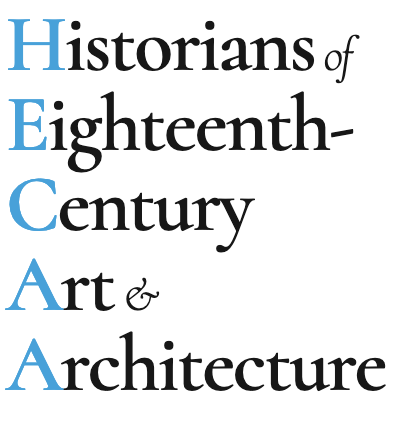

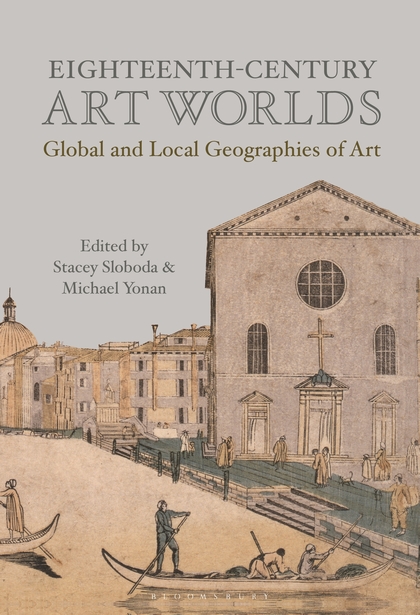

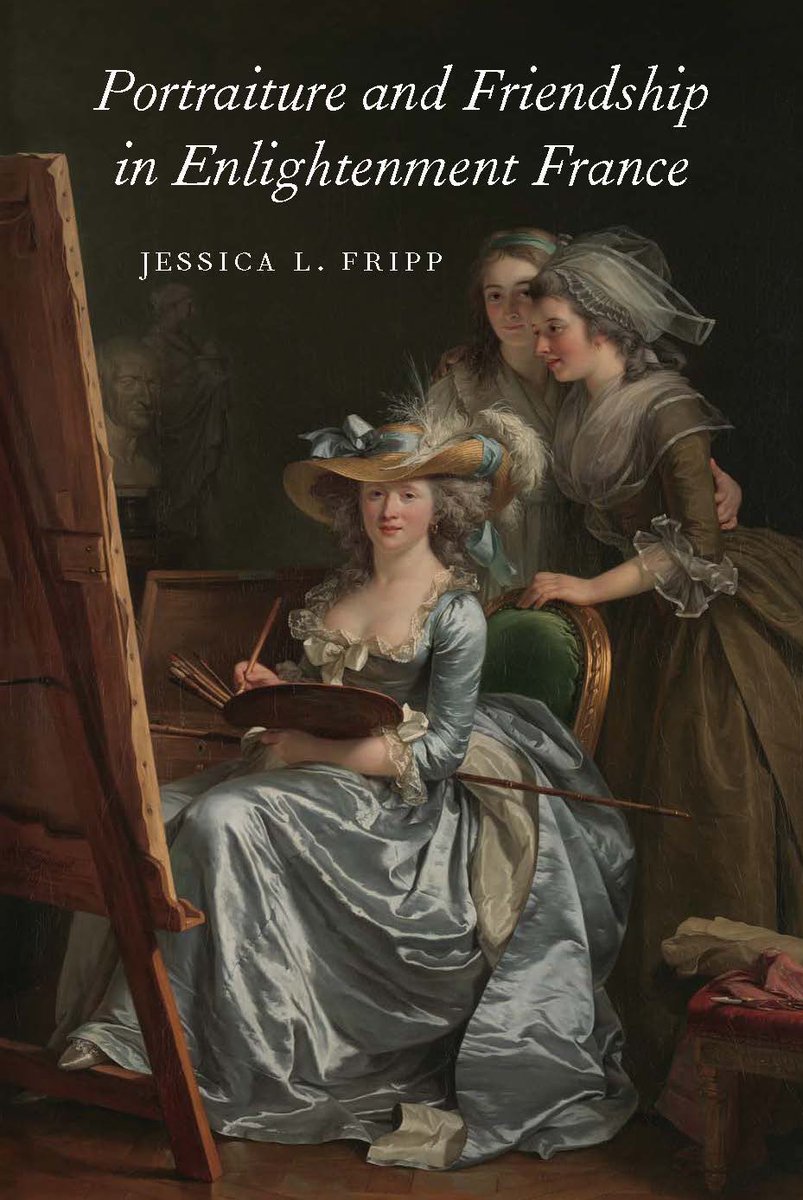















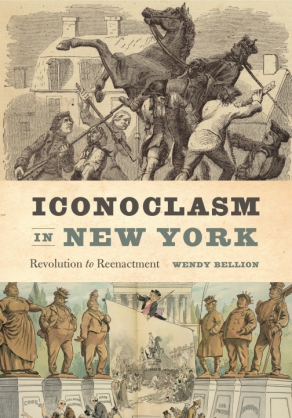



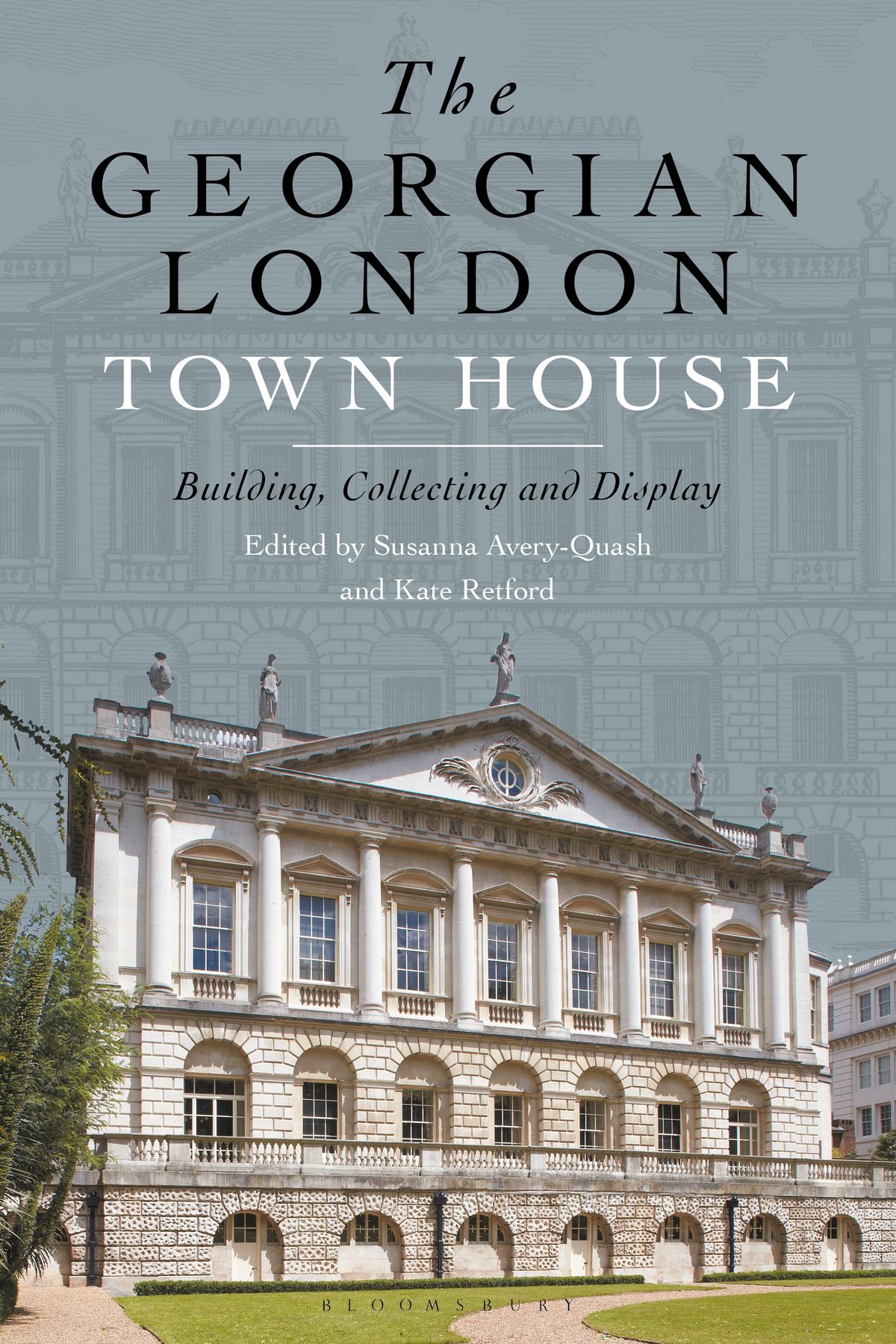


leave a comment